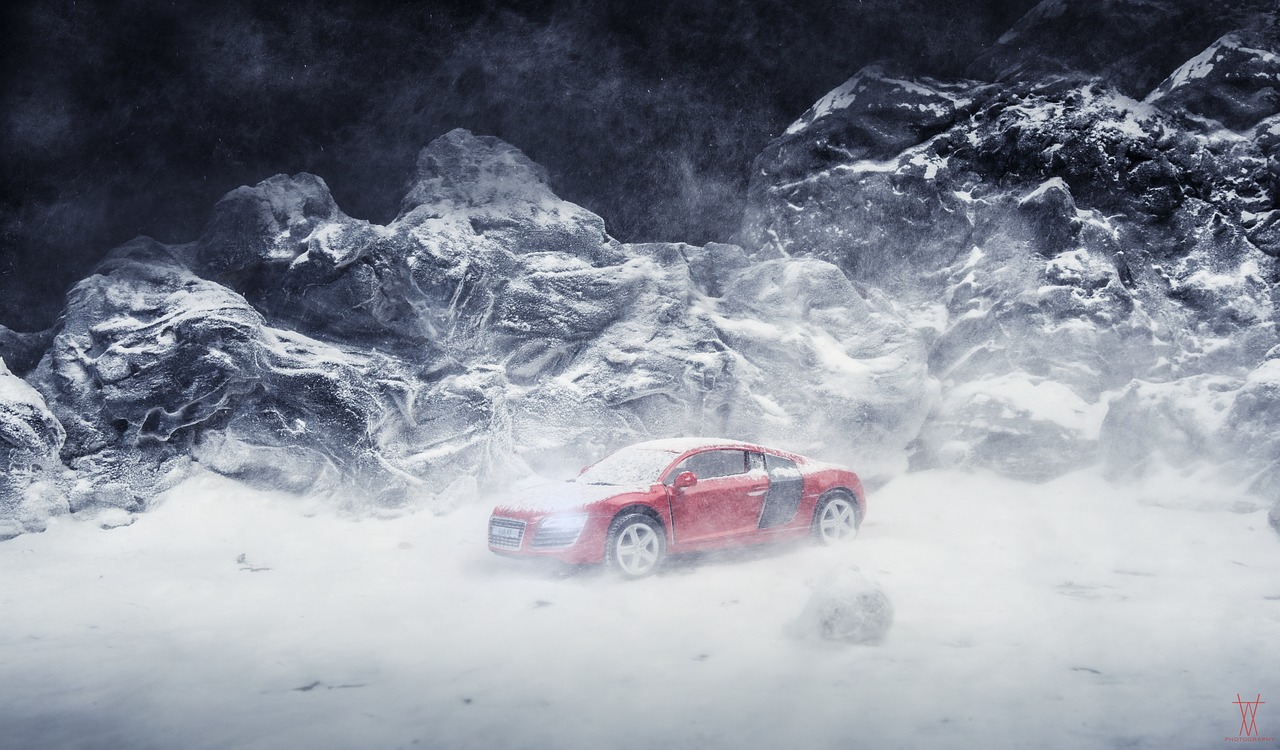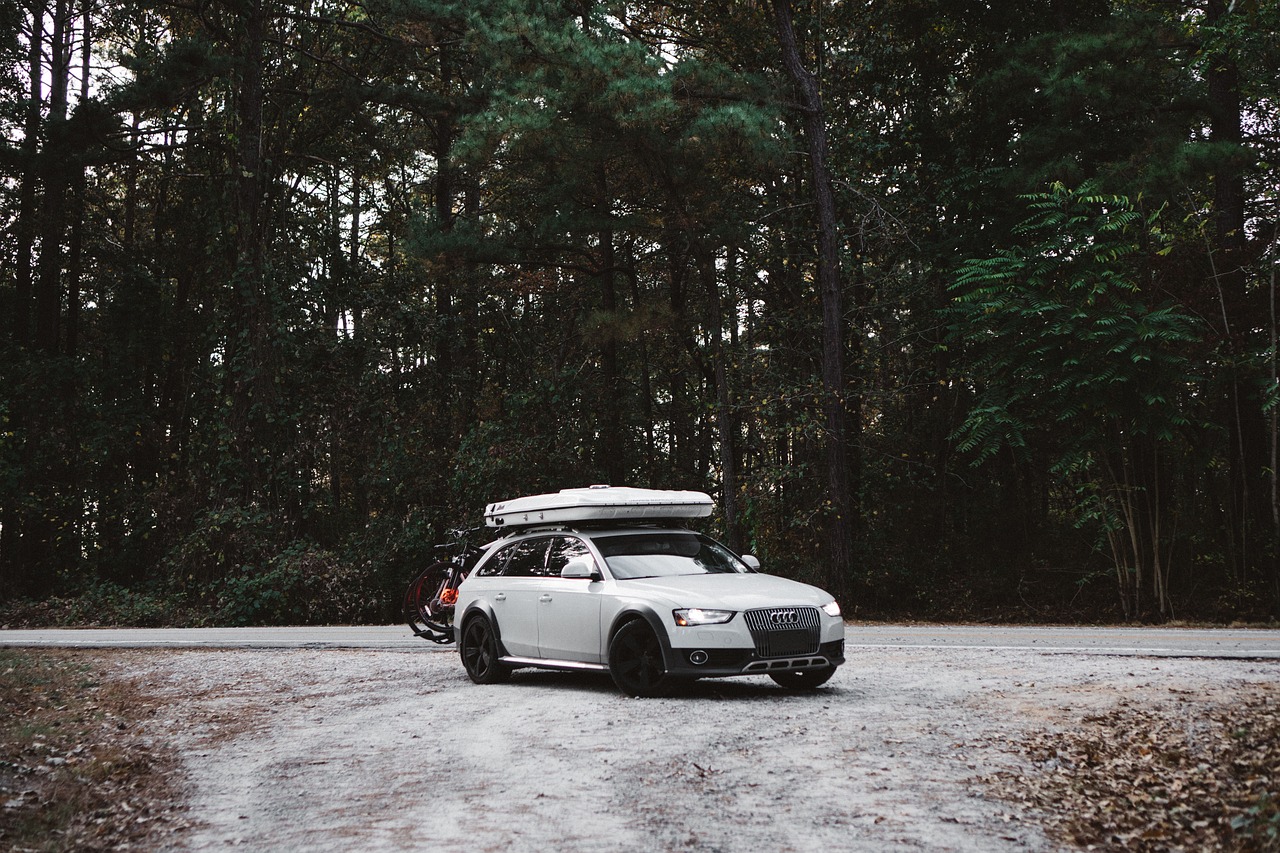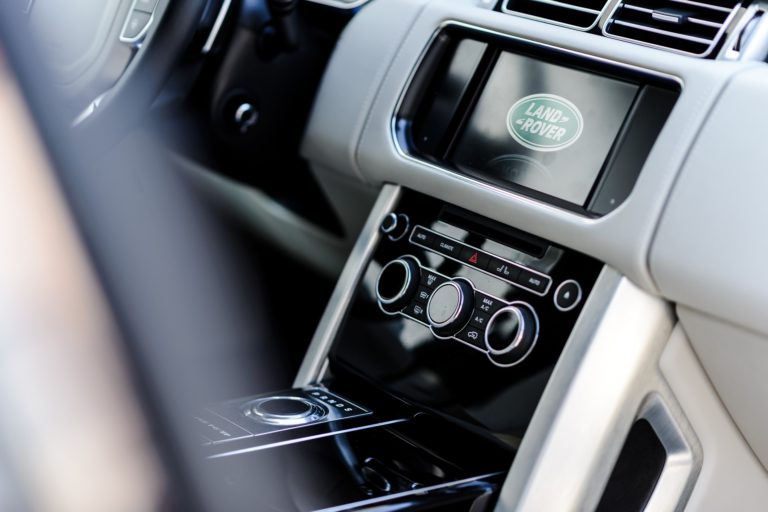Breakdowns and accidents on the road significantly increase during the winter months during winter driving due to the harsh and often unpredictable driving conditions. Cold weather introduces a variety of challenges for drivers, including icy roads, decreased visibility, and the potential for heavy snowfall. These conditions demand extra caution and preparedness from all road users.
As temperatures drop, it’s imperative to adapt your driving strategies to ensure safety. Slower speeds, increased following distances, and vigilant monitoring of road conditions are essential. Understanding and adhering to winter driving safety guidelines can make a substantial difference in preventing accidents and dangerous driving conditions and ensuring a safer journey.
In this guide, you’ll find several vital winter driving tips. From how to prepare your vehicle for the cold weather to techniques for handling icy roads, these suggestions are designed to help you navigate winter roads more safely. Whether you’re a seasoned driver or a newcomer to winter conditions, these tips will provide you with the knowledge and tools needed to maintain safety during the colder months. Let’s explore these strategies to help keep you and your fellow road users safe on the roads this winter.
4 Winter Driving Safety Tips You Need To Know
Consider upgrading your car
Some cars handle winter driving conditions much more effectively than others. Therefore, it’s recommended you consider upgrading your car if your existing model isn’t great at winter driving.

Another reason to consider upgrading is if your current car needs a lot of repair work. Getting your car ready for winter is essential but if it’s going to cost a small fortune in repairs, investing in a new car from a company such as the AA, maybe your best course of action.
Planning your journey
Once you’re sure you’ve got a reliable vehicle, it’s time to start planning your journey. Icy, snowy and wet conditions can make driving hazardous in winter. Therefore, you’ll need to plan ahead in order to ensure yours and other road users’ safety.
This means setting off earlier, so you can drive slower in hazardous conditions. It also means planning the easiest, safest route.
Related Read;

Checking the tyres
Ideally, you’ll want to switch to using winter tyres as these give the best grip in icy, wet weather. However, if you don’t plan on switching to winter tyres, there are a few other safety tips you’ll want to follow.
Always make sure the tread on your tyres is at least 3mm. You’ll also want to avoid letting air out of the tyres in the hope of achieving a better grip. This doesn’t actually work and if anything, makes driving in winter much more dangerous.
Basic winter driving safety
When driving in winter, it’s a good idea to keep an emergency kit stored in your vehicle. This should include a torch, shovel, medication, a first aid kit, a phone charger, an ice scraper, extra screen wash and a mobile phone.
As you drive, be sure to keep a greater distance between you and the car in front than you usually would. This is especially true if it’s icy, as it takes much longer for the car to come to a stop. You’ll also want to ensure you have a full tank of fuel. Finally, washing the car frequently to eliminate grit and dirt is also advisable.

These are just some of the best winter driving safety tips you can follow. Remember, it’s much safer to drive slower when the roads are wet, icy or snowy so always plan for a longer journey to and from work.
Conclusion
Following these guidelines not only helps in maintaining your safety but also ensures that you are prepared for any unforeseen circumstances while driving in winter. It’s crucial to adapt your driving style and vehicle to the conditions. Winter roads demand respect and caution, and by preparing your vehicle, planning your route, and driving responsibly, you can significantly reduce the risks associated with winter driving.
Additionally, being well-prepared with the right safety gear and knowledge can make all the difference in emergency situations. Stay vigilant, stay informed, and above all, stay safe as you navigate the challenges of winter driving.



Hi Elle! Very Informative Blog. I really appreciate. I would definitely recommend switching to winter tires as they are the best solution for traction on snow-covered roads. Keep on posting interesting stuff like this.